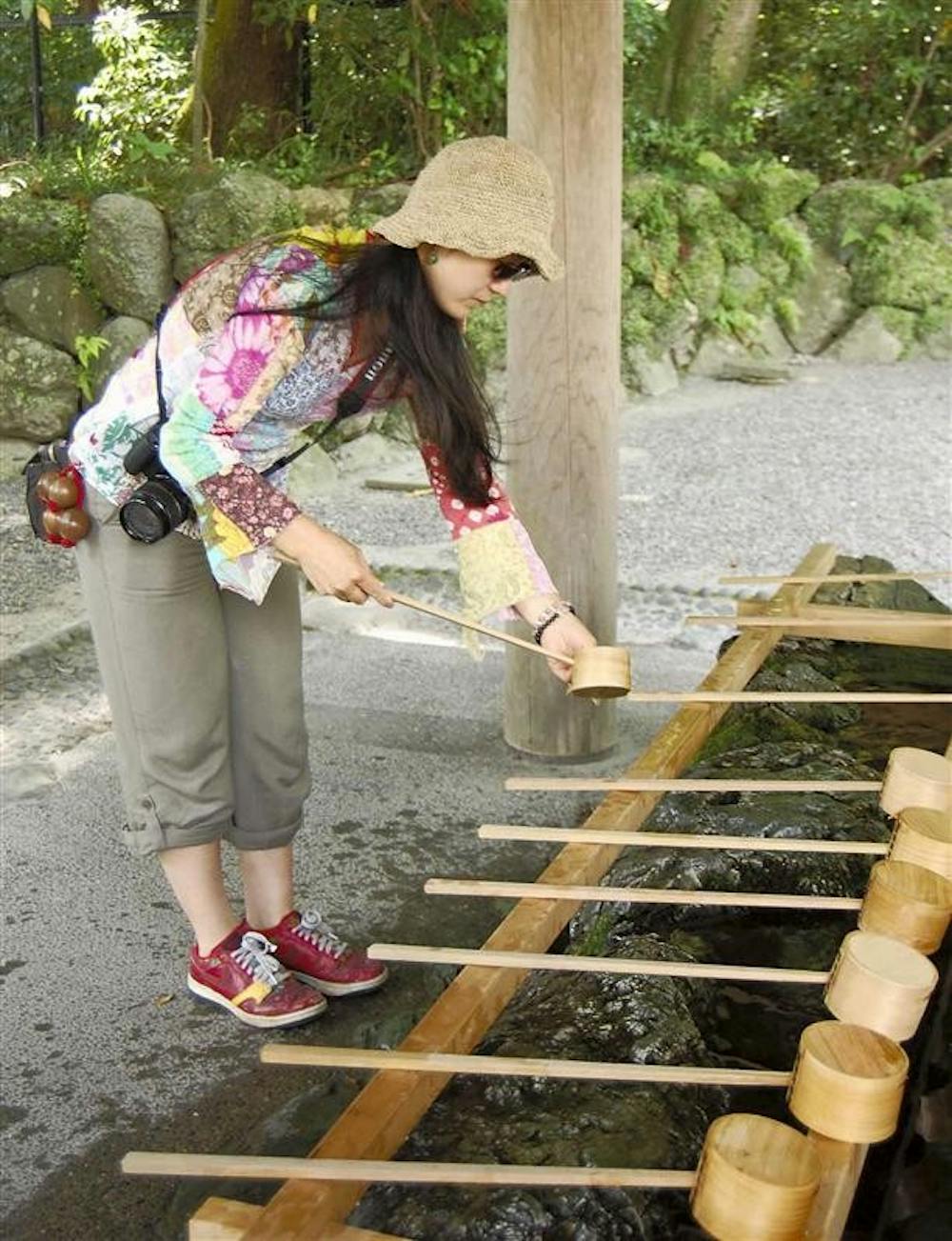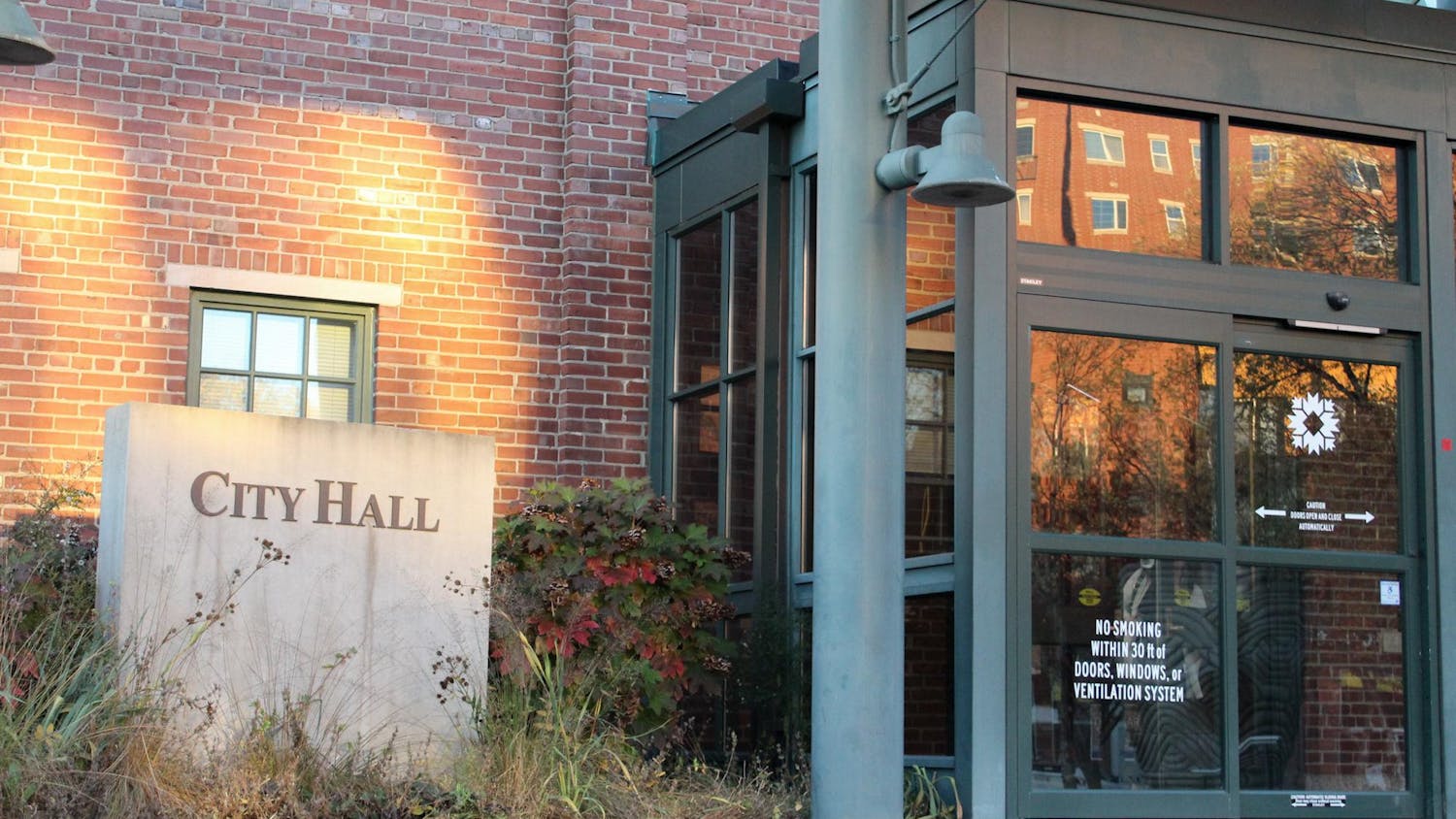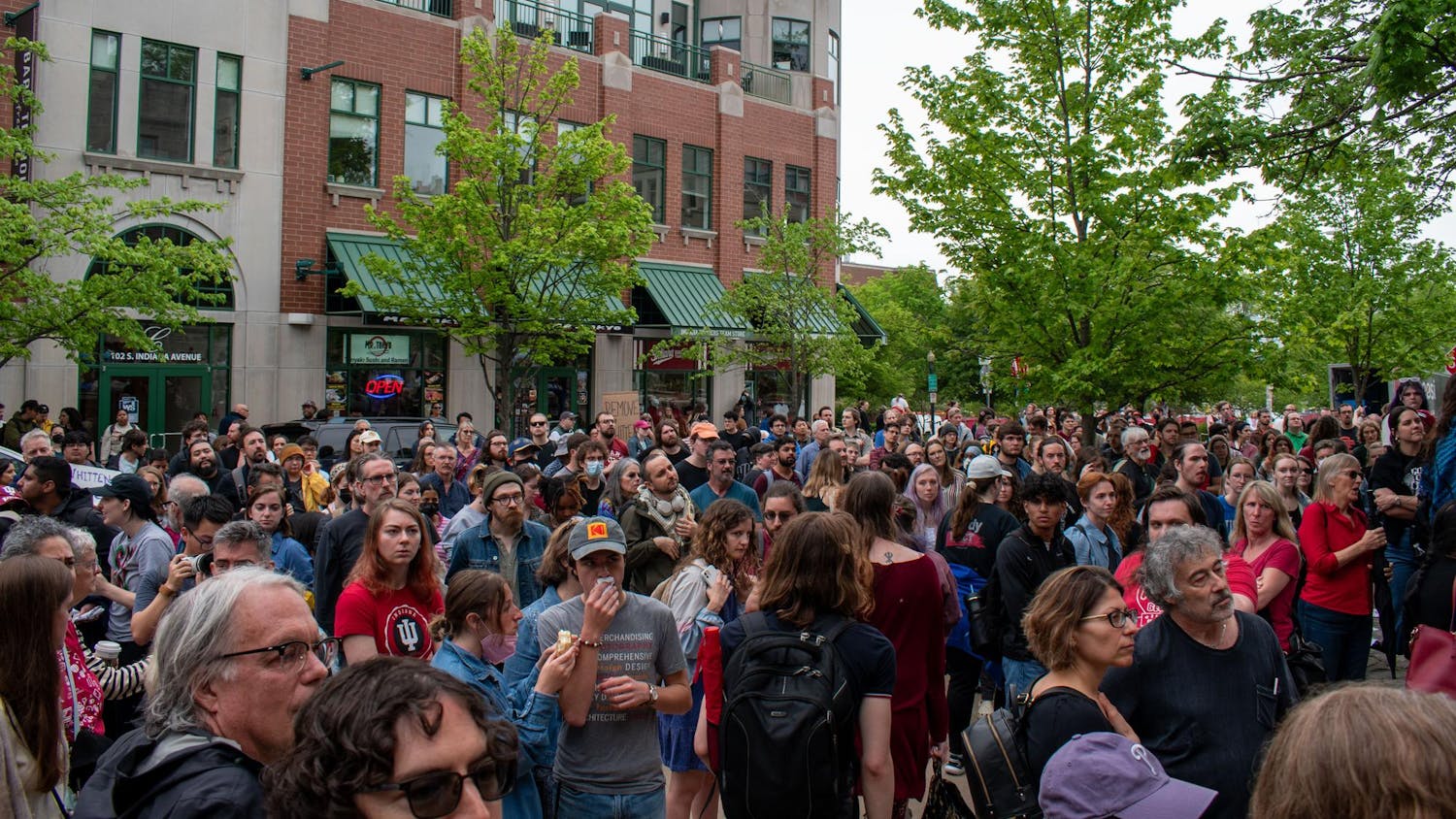OSAKA, Japan – While there are thousands of religions practiced in the world, and each has its own practices and beliefs, there are aspects to almost any religion that seem comparable to an outsider.
But from my experience between religion in America and religion in Japan, Christianity and Shinto have rituals that appear to be similar, but really are very different when closely examined.
In Christianity, the basic idea is that every person is born a sinner and must live his life being cleansed and forgiven of his sins in order to be accepted into eternal life in heaven. There is no emphasis on protecting the temporal form on Earth because there is only judgment on the soul.
One’s search for perfection is constant and never finished. The closest one could come to perfection in the world of Christianity is to be saved.
There are many symbols and rituals involving the process of salvation, and the most widely known is baptism.
The idea is that once the body has been submersed in water during a baptismal ceremony, the person is cleansed of his sins.
The Shinto religion follows a similar practice, but with different beliefs. Perfection and purity are the most important qualities a worshipper must possess.
From visiting various Shinto shrines in Japan, I have witnessed a way of cleansing similar to the purification performed in Christianity. Near the entrance of the Shinto shrine, there is a stone wash basin where visitors are encouraged to wash their hands and mouths with the water provided before praying.
This particular type of cleansing is called temizu, from the word “imi” which means “impurities.” The symbol of washing one’s hands and mouth before praying is cleansing the impurities from within, pushing out and preventing bad spirits from entering.
The cleansing practices in both religions differ.
Christian baptism is usually meant to happen only once in person’s life, and multiple baptisms are less common.
With temizu, it happens every time one visits a shrine and can happen more than once per visit. The idea behind the cleansing in Shinto is not that a person is a sinner, but that there are evil spirits inhabiting the world, and the cleansing is meant to rid of these spirits before a person continues to pray.
The reason baptism happens only once is that Christians believe that the only things keeping a person from having eternal life in heaven are sins. It is only through baptism and the acceptance of the savior that a person might be considered pure.
In the Shinto belief, everyone after death returns to Earth in the form of kami, or spirits. There is no worry of being accepted into the afterlife, so the focus is more on cleansing the temporal form to be ready for death. Since there is always bad kami in the world, it is necessary to constantly rid the body of these bad spirits.
The two cleansing rituals are based on riding oneself of sin, but Christianity and Shinto take different approaches to this ancient practice.
Christianity, Shinto share cleansing rituals

Get stories like this in your inbox
Subscribe



